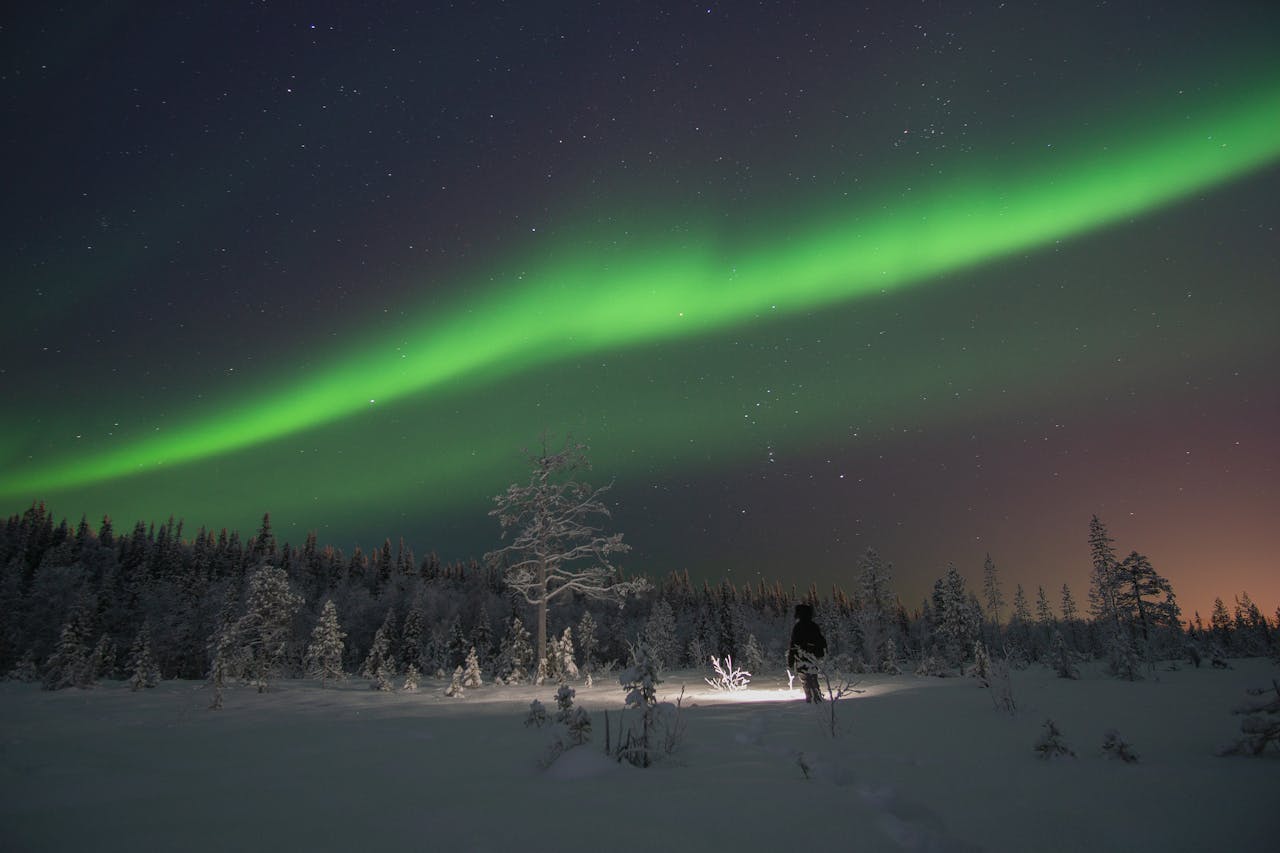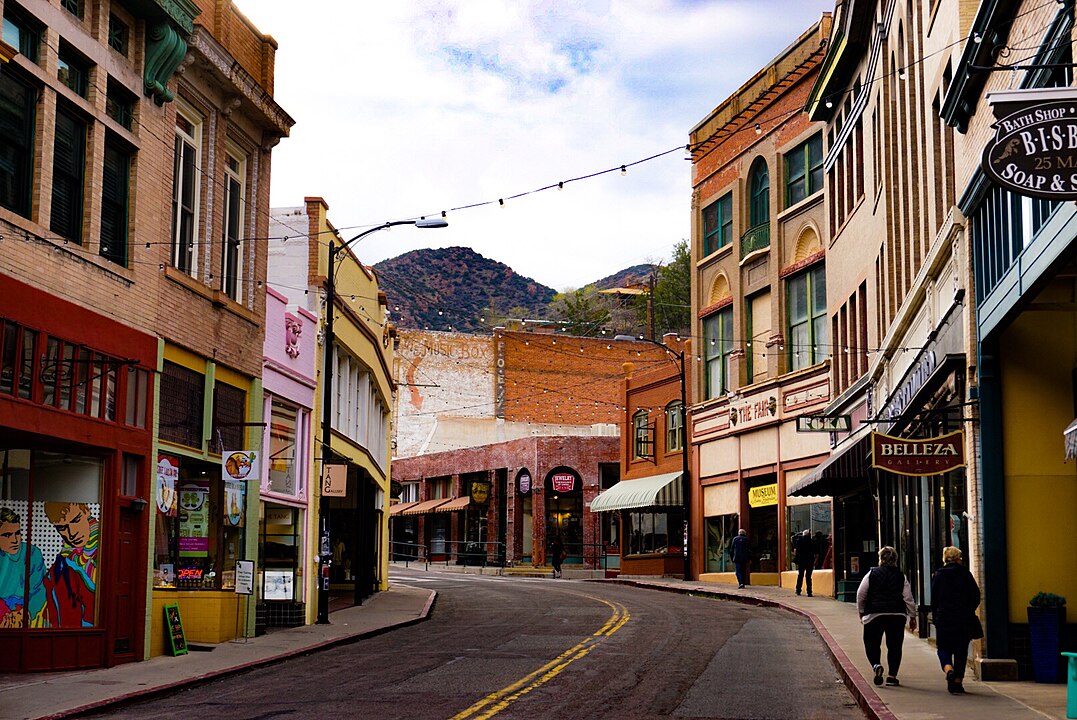Screens off, senses on. Nature time lowers stress hormones and boosts mood, especially when you log real hours outside. Aim for about 120 minutes per week, then stack these trips to go deeper. Each pick is teen-friendly, light on cell service, and heavy on sky, water, or rock. You will see simple facts you can use, like tide timing, dark-sky ratings, or altitude effects. Bring layers, a paper map, and Leave No Trace habits. The goal is a true reset, not another scroll.
1. Bioluminescent Kayak, Vieques, Puerto Rico
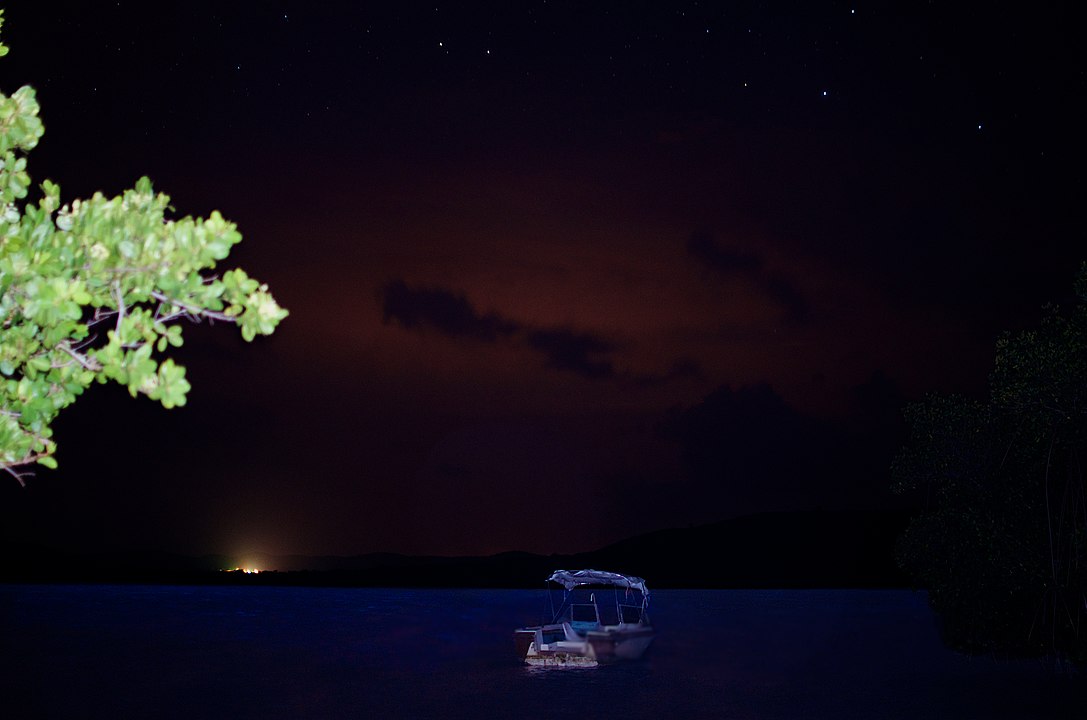
Paddle Mosquito Bay on a moonless night and watch dinoflagellates flash when your paddle moves. Guides limit group size to protect the lagoon, and most tours use clear-bottom boats so you can see the glow. Wear mineral sunscreen during the day and skip lotions at night to keep the water clean. Best visibility comes after dark with calm winds. Puerto Rico is U.S. soil, so no passport for citizens. Expect spotty service, bright stars, and a serious wow factor.
2. Sunrise on Cadillac Mountain, Acadia, Maine
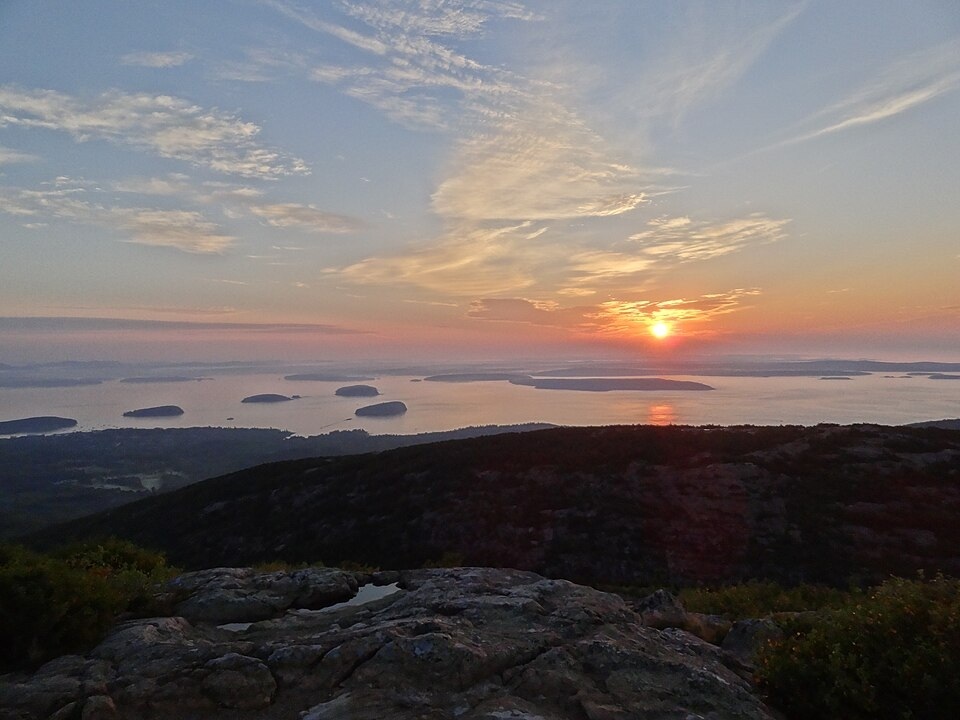
Catch one of the first U.S. sunrises of summer from Acadia’s granite summit. Reserve a vehicle pass, then bring headlamps, layers, and a thermos for the chilly top. The Gulf of Maine’s cold water keeps air cool even in July, so the hike or drive feels comfortable. Listen for fog horns when the marine layer rolls in. Afterward, ride the park shuttle to car-free carriage roads for biking. Service drops in valleys, which is perfect for a quiet morning.
3. Dark-Sky Camping, Big Bend, Texas
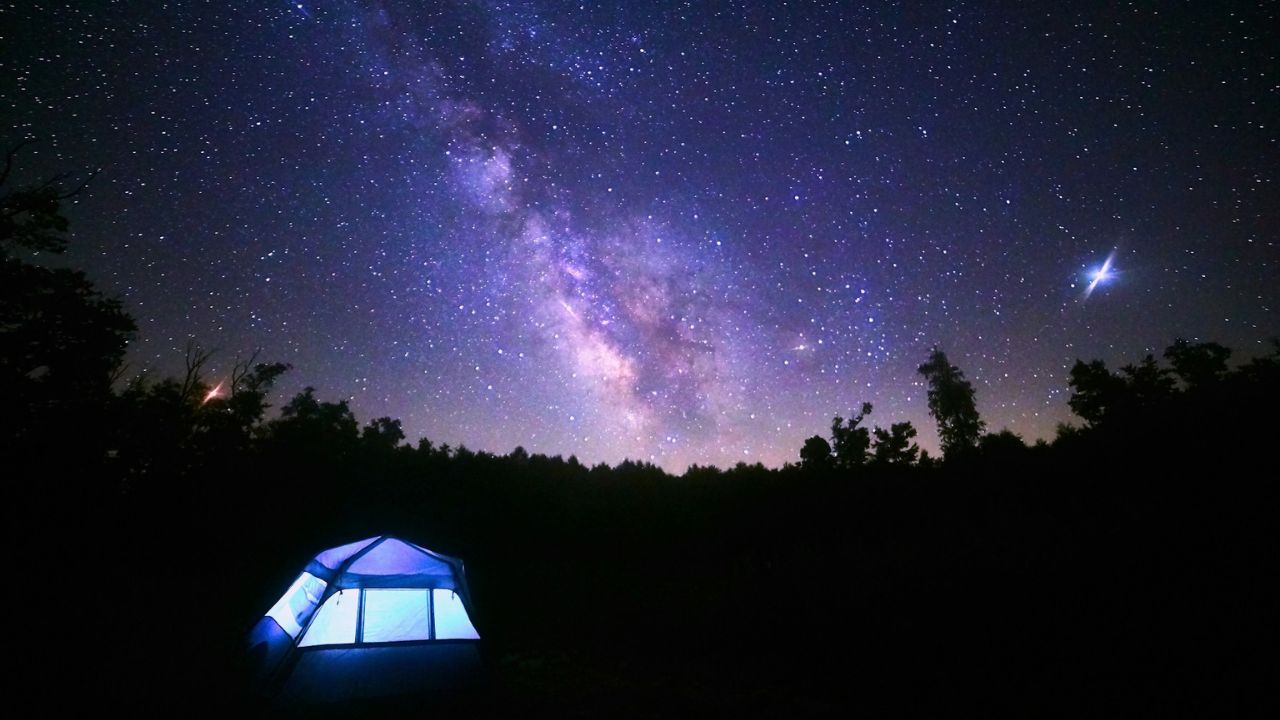
Big Bend is certified dark-sky country with some of the lowest light pollution in the lower 48. Plan a new-moon trip, use a red-light headlamp, and look for the Milky Way stretching horizon to horizon. Desert nights cool quickly, so pack a warm layer even in summer. Wildlife needs space here, so store food in sealed bins. Download maps before you arrive because service fades fast. You leave with star photos and an appreciation for truly quiet nights.
4. Slot Canyon Scramble, Grand Staircase, Utah
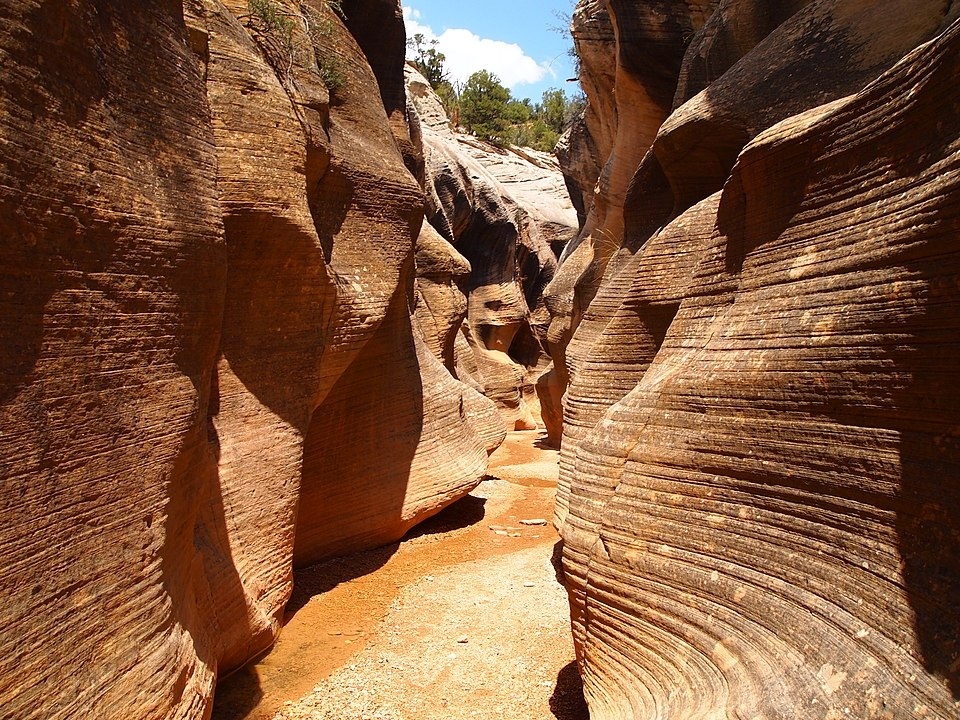
Choose a guided scramble through Peekaboo or Spooky Gulch and learn how water carves sandstone over thousands of flash-flood cycles. Check weather the day before. Narrow canyons are unsafe if storms build anywhere in the basin. Wear grippy shoes, pack three liters of water, and expect phone signal to vanish. The maze-like walls create natural shade, so temperatures stay tolerable while you wiggle and stem. You finish dusty, proud, and less interested in checking your notifications.
5. Lost Coast Overnight, Humboldt County, California
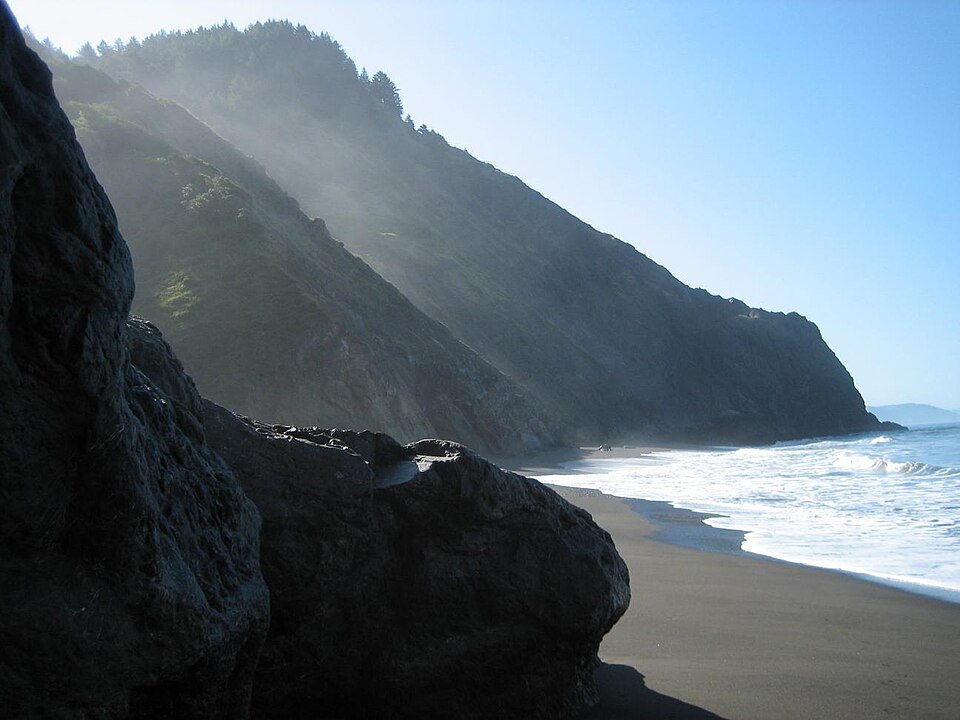
This is California’s one stretch where Highway 1 could not conquer the cliffs, which is why the trail feels wild. Backpack a short section with tide charts in your pocket. Some beaches are only passable at low tide. Bear canisters are required, and fog keeps temperatures cool year-round. Watch for black sand, harbor seals, and pelicans drafting the wind. With no bars on your phone and nothing but surf noise, your brain finally idles down.
6. Sea Turtle Dawn Patrol, Florida Atlantic Coast

Volunteer-led patrols walk nesting beaches at sunrise during season, usually March through October, recording tracks and helping protect marked nests. You learn how hatchlings follow light to the sea and why dark, quiet beaches matter. Wear red-lens lights and never touch turtles. Local programs teach data basics and show how small actions, like turning off balcony lights, change survival odds. It is hands-on conservation that replaces late-night scrolling with early-morning purpose and ocean air.
7. Alpine Lake Paddle, Sierra Nevada, California
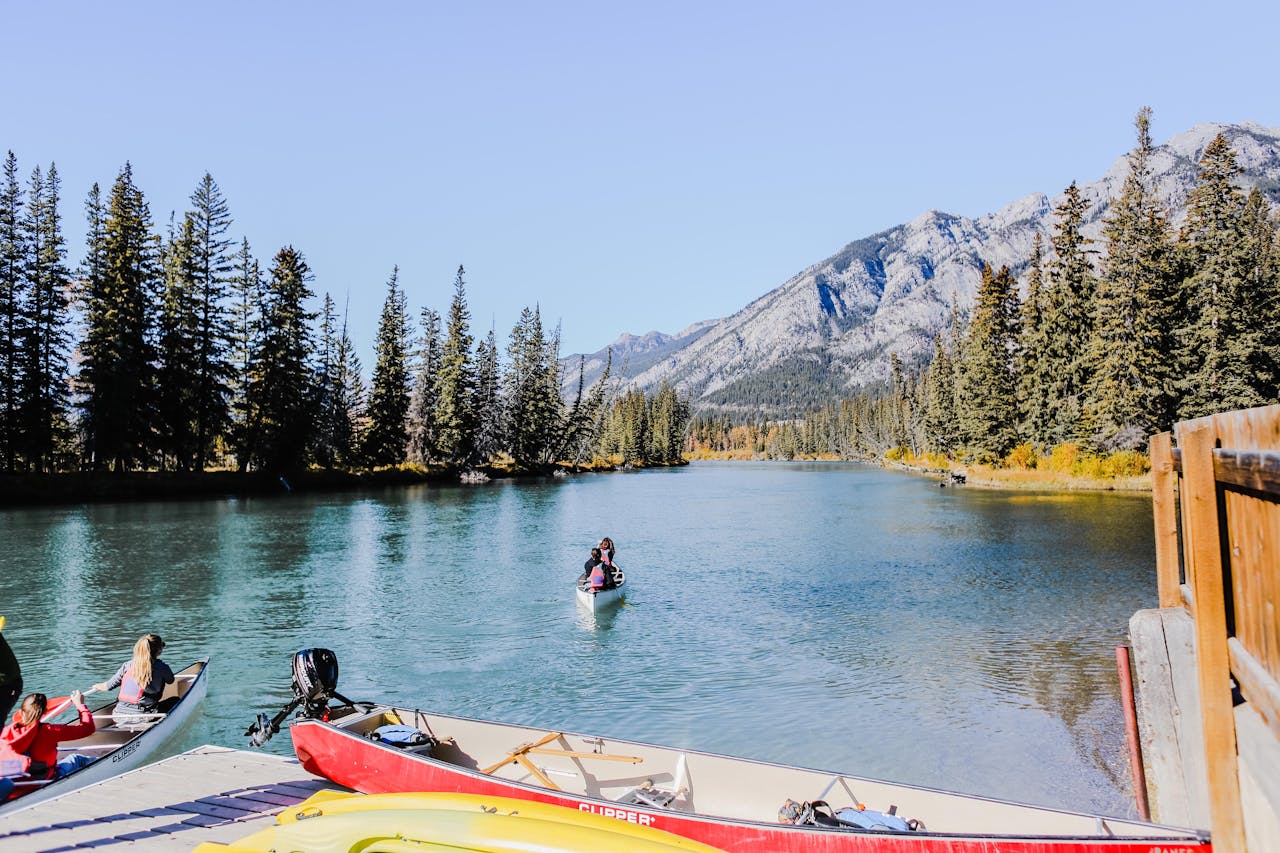
High elevation cools air roughly 3 to 4 degrees Fahrenheit per 1,000 feet. That makes dawn paddles on glacier-fed lakes brisk and glassy. Rent a sit-on-top, wear a life jacket, and bring a wind shell. Keep clear of outlet streams where currents run stronger. Mornings offer mirror reflections and trout rises, then mountain breezes pick up by lunch. No sound beyond your paddle and the occasional Clark’s nutcracker call. It is a perfect social detox window.
8. Mammoth Cave Lantern Tour, Kentucky

Explore part of the world’s longest known cave system by lantern with a ranger leading the way. The dim light slows your steps and your thoughts, and phones stay pocketed because photos do not capture the scale. You will learn how ancient rivers built passages and how bats help ecosystems. Temperatures sit near 54 degrees year-round, so a light jacket is smart even in summer. Book tours early. Capacity is limited to protect fragile formations.
9. Great Sand Dunes Dune Hike, Colorado
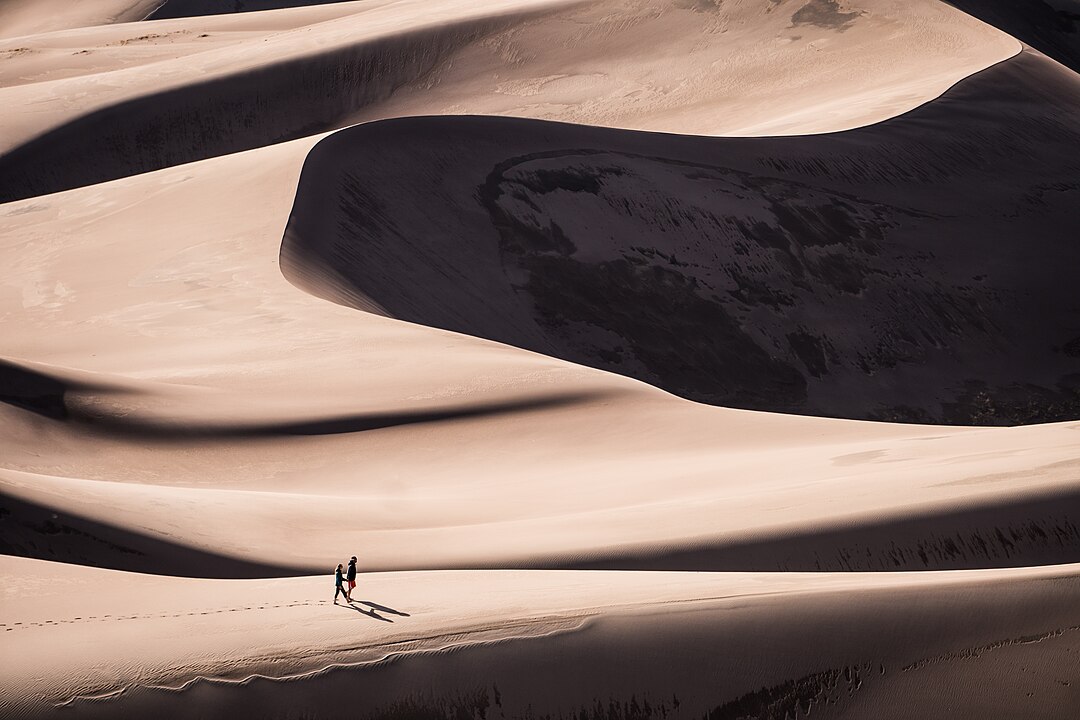
North America’s tallest dunes rise here, shaped by wind corridors and a seasonal creek. Start at dawn to catch cool sand and ripples before they blur. Bare feet work, but sand can heat up later, so carry socks or sandals. Bring eye protection and a scarf for gusts. Sandboarding rentals make the descent a blast. At night, the high desert sky turns into a star lab. Leave nothing but footprints and you will find grit really can be fun.
10. San Juan River Float, Utah
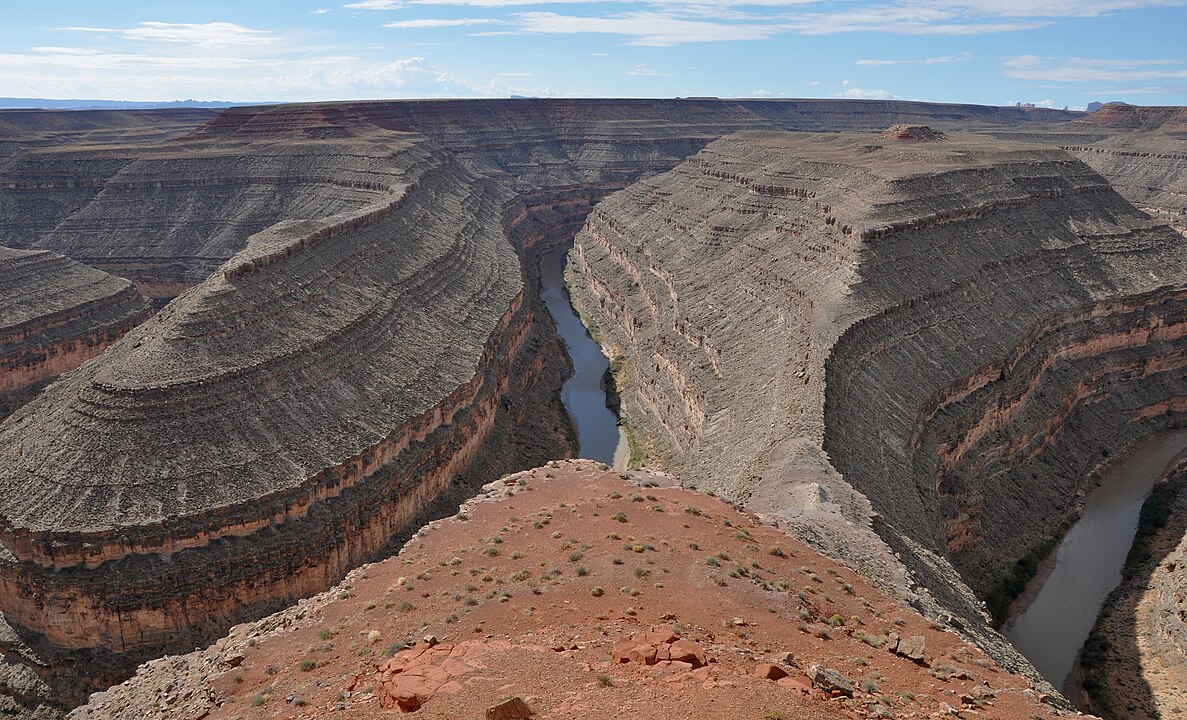
This beginner-friendly desert river winds past petroglyphs, cottonwoods, and sculpted sandstone. Permits and outfitters keep crowds controlled, and current flow sets an easy pace in many sections. Wear a PFD, secure dry bags, and respect cultural sites. Look, do not touch. Camps sit under cottonwood shade with canyon wrens singing before sunrise. With no towers in sight, group chats give way to actual chats. You come home sun-tired and calmer than you have felt all semester.
11. Winter Snowshoe, Yosemite, California
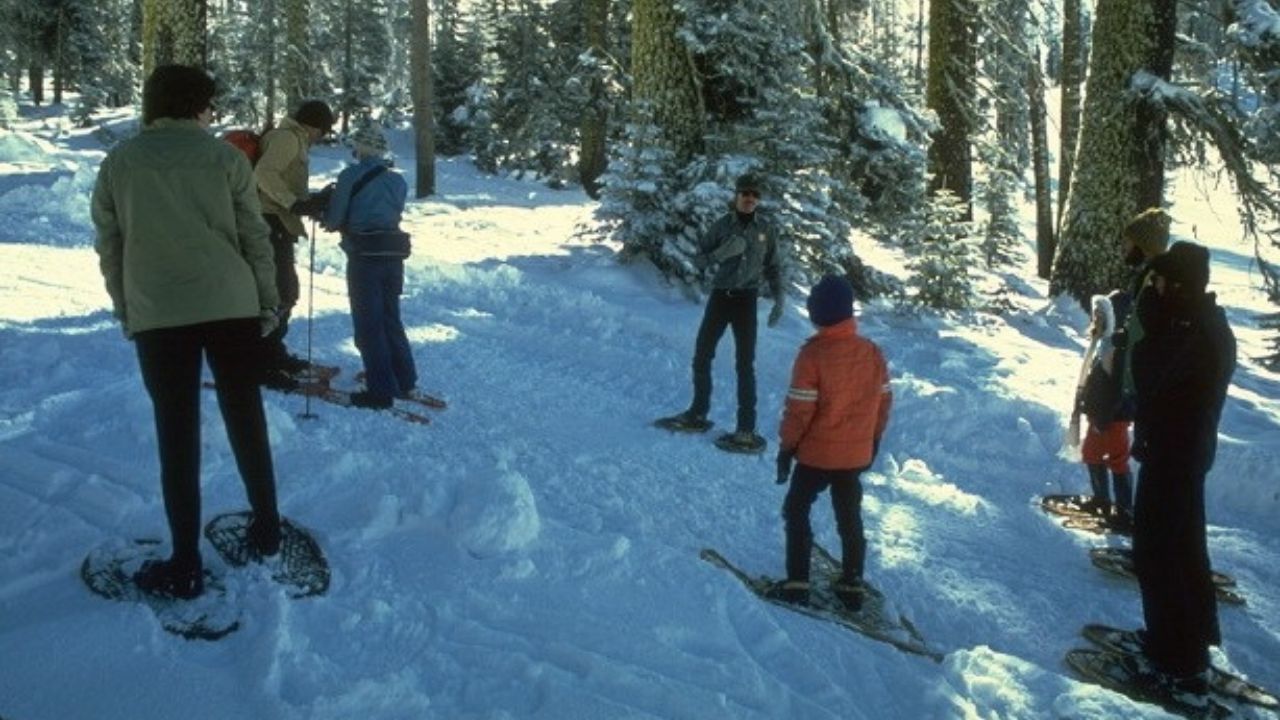
When tents and crowds thin, Yosemite turns whisper-quiet. Rent snowshoes at Badger Pass, follow marked winter trails, and watch granite walls glow in low sun. Cold air holds less moisture, so the sky often goes crystal clear. Dress in breathable layers, keep snacks handy, and learn avalanche basics before venturing beyond marked routes. The hush of muffled steps and blue shadows across snow does what no app can. Your head finally unclutters.
12. Aurora Hunting, Fairbanks, Alaska

Fairbanks sits under the auroral oval, which boosts your odds on clear, dark nights from fall to early spring. Check a simple forecast, pick a safe pullout away from city lights, and give your eyes 20 minutes to adjust. Bring a tripod and use a long exposure if you want photos. Cold, dry air helps the show pop, so dress for subfreezing temps. The moment green curtains ripple overhead feels like a natural high that lasts for days.
